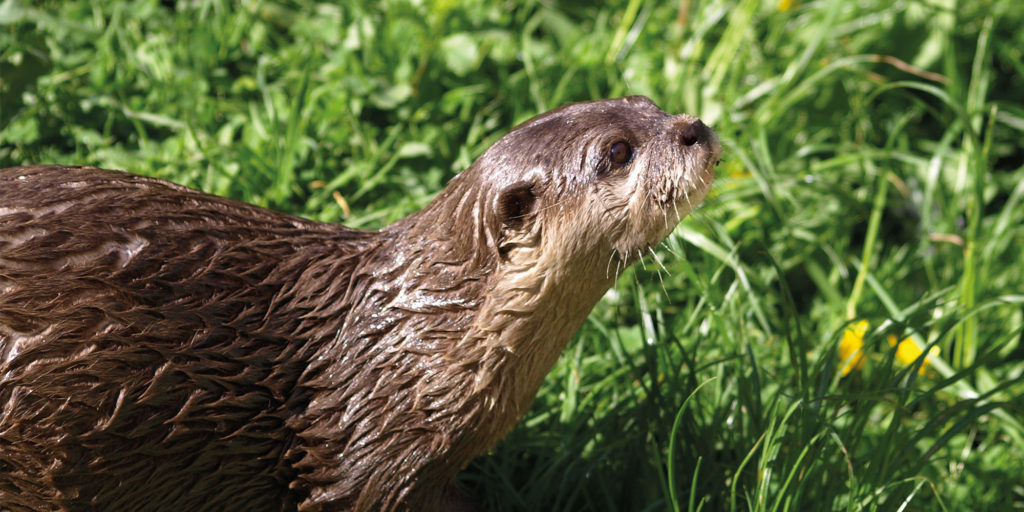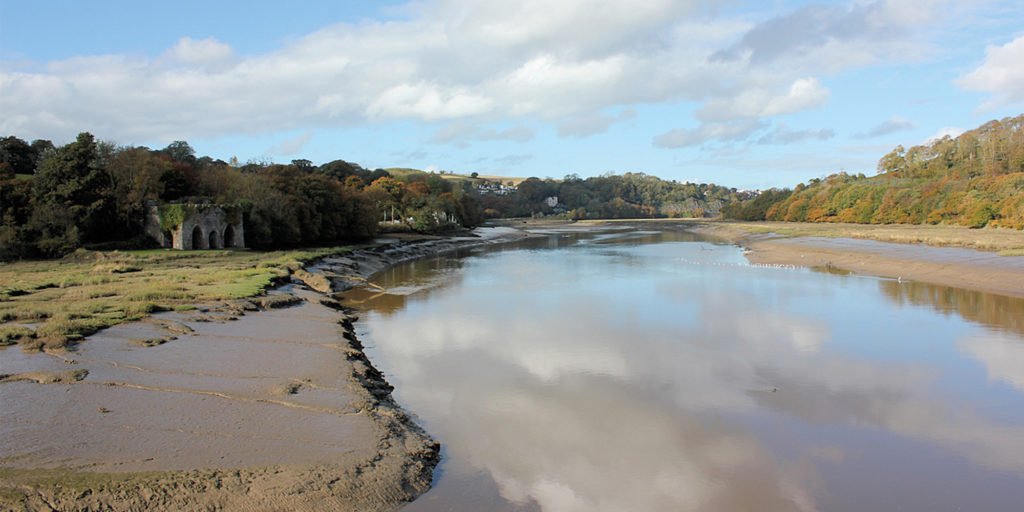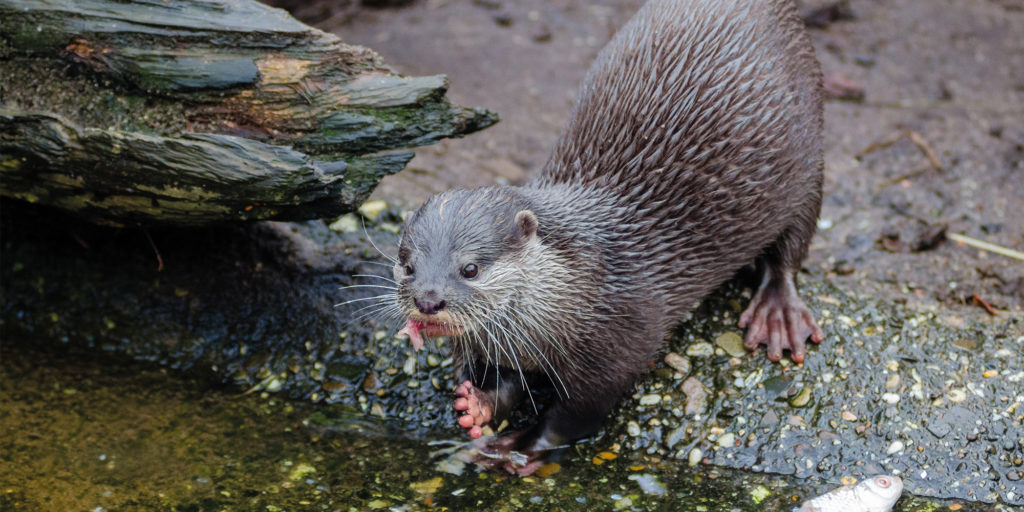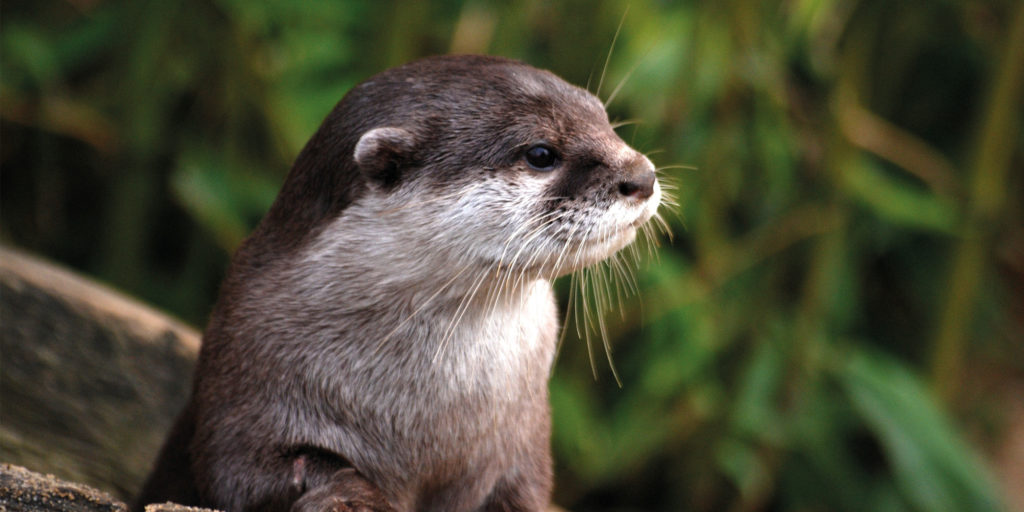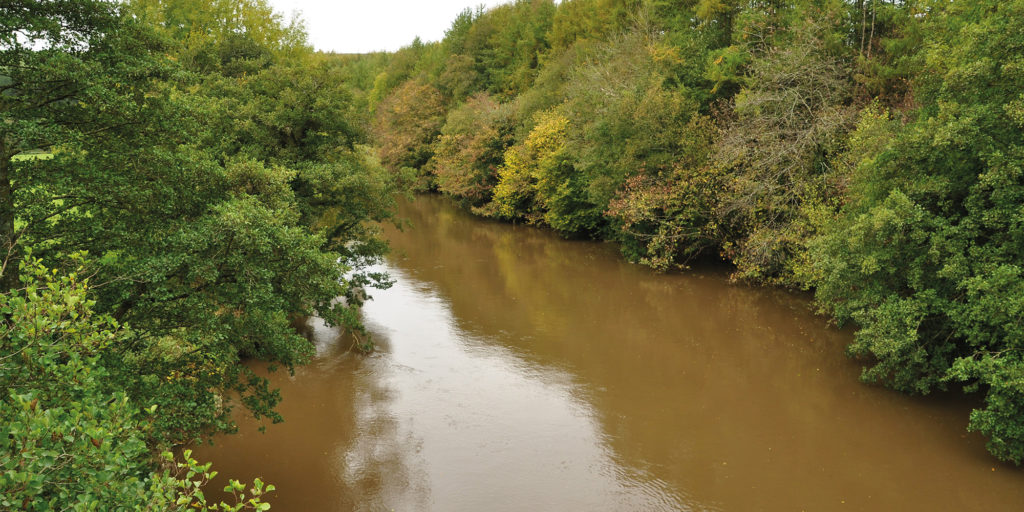

Take the Tarka Trail
Follow in the footsteps of Devon’s favourite otter with a day or two spent exploring the Tarka Trail.
The approximately 30-mile route in north Devon known as the Tarka Trail takes in all the same sights, sounds and smells of our favourite otter, from Okehampton on the fringes of Dartmoor to the county’s tip in Lynton. The area it covers is designated by UNESCO as a Biosphere Reserve – an area comprising terrestrial, marine and coastal ecosystems – and as you wander along its more wild stretches, you can begin to place yourself in the shoes of Henry Williamson, the man who diligently studied the natural order of this beautiful region as it unfolded before his eyes, bringing it animatedly to life in what is, to many, one of the most apt literary renditions of the north Devon countryside to date: Tarka the Otter.
“Williamson’s portrayal of it is based on his own experience with the Cheriton Otter Hounds, who he observed on hunts that took place on what now forms part of the Tarka Trail.”
Throughout the novel, we follow Tarka on his fish-finding travels up and down the Taw-Torridge rivers, and it’s hard to ignore the raw beauty of the countryside that Williamson conjures in our minds as we follow this plucky young otter. But it’s not all plain sailing for our river-dwelling hero. One thing that tends to stand out to readers is the constant threat of man, and the hunt becomes part of life’s struggle. Williamson’s portrayal of it is based on his own experience with the Cheriton Otter Hounds, who he observed on hunts that took place on what now forms part of the Tarka Trail. Indeed, prolific predation across the country was almost responsible for the species’ extinction, however, in recent years, the otter population has once again been on the rise, and as you make your way around the Tarka Trail, if you know what to look for, you’ll likely find signs of their presence. Difficult to spot, according to the UK Wild Otter Trust (UKWOT), the otter has an acute sense of smell, hearing and eyesight, with its eyes placed at the top of the head, enabling it to stay alert while the rest of its body is submerged, so don’t be disheartened if you don’t see one! The UKWOT website has plenty of tips on how and where to spot otters and their signs, as well as a host of info-sheets that you can download.
www.ukwildottertrust.org
The route itself offers superb views across the mouth of the Taw estuary and features a number of fantastic sculptures and shelters, offering some great places to stop and simply enjoy your surroundings, so why not pack a picnic? What’s more, even if you don’t manage to spot any otters, with mud flats, woodland, hedges, streams and meadows, the landscape here has a vast array of habitats that are home to an equally vast array of fauna, and you never know which are likely to show themselves!
Beginning in Braunton, the trail is easy to follow. It’s also flat and traffic-free, making it perfect for families. Continuing from Braunton along the banks of the river Taw, you’ll pass through Chivenor and cross the tributary river Yeo. From here, you can either take a detour into the town centre of historic town, Barnstaple, or continue on towards the Torridge estuary, past Instow and Bideford – also great places to stop, with lots of cafés and restaurants.
This really is a beautiful part of the world, and a visit here is proof that the rich environment we see in Tarka the Otter is not the figment of one writer’s imagination. It’s real, and as Williamson himself once said: “It is all here in Devon, if you just happen to see and hear or smell it”.
"Williamson’s portrayal of it is based on his own experience with the Cheriton Otter Hounds, who he observed on hunts that took place on what now forms part of the Tarka Trail."
